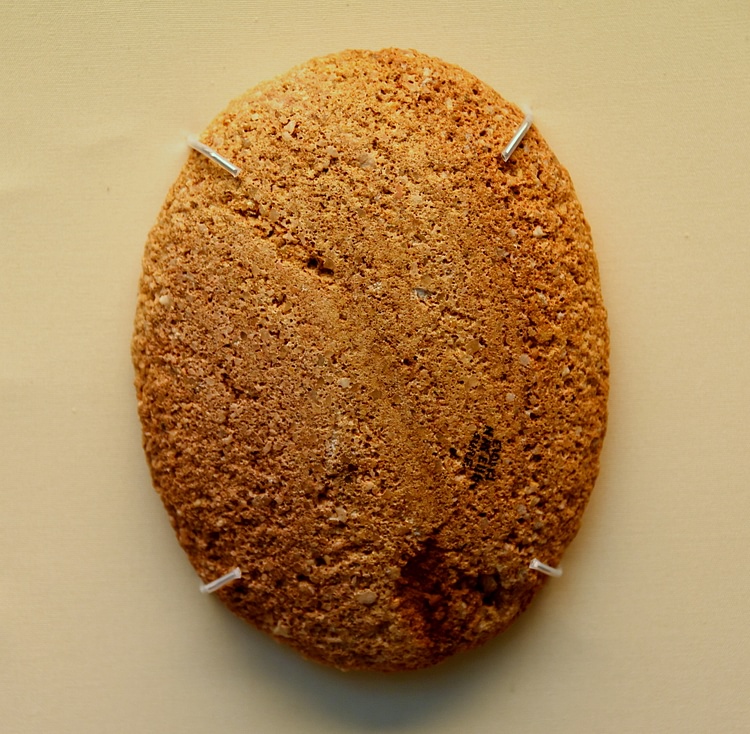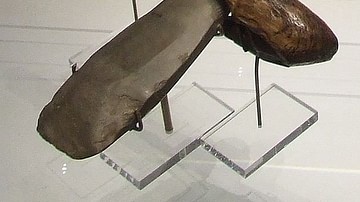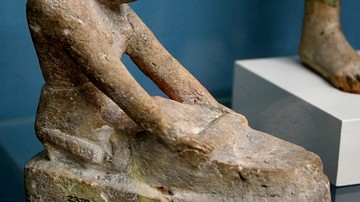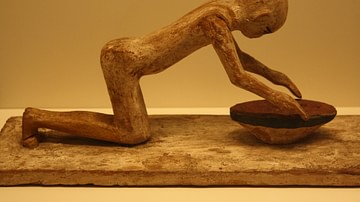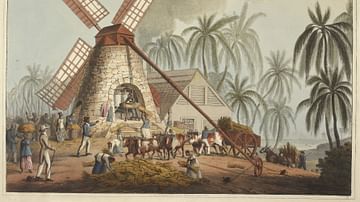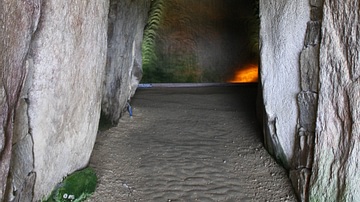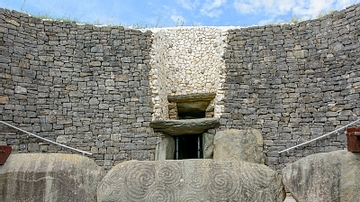Illustration
Seeds and wild grasses were processed with round or oval grinders (manos) of hard quartzitic sandstone. These were rubbed against a larger mill stone to make flour. A depression in the lower stone's surface prevented spillage. The abundance of grinding stones shows that plant food made up a significant part of the diet at this time. From Nabta Playa E75-6, Western Desert, Egypt. Middle Neolithic. (The British Museum, London).
About the Author
Cite This Work
APA Style
Amin, O. S. M. (2016, September 29). Grinding Stone from Nabta Playa. World History Encyclopedia. Retrieved from https://www.worldhistory.org/image/5715/grinding-stone-from-nabta-playa/
Chicago Style
Amin, Osama Shukir Muhammed. "Grinding Stone from Nabta Playa." World History Encyclopedia. Last modified September 29, 2016. https://www.worldhistory.org/image/5715/grinding-stone-from-nabta-playa/.
MLA Style
Amin, Osama Shukir Muhammed. "Grinding Stone from Nabta Playa." World History Encyclopedia. World History Encyclopedia, 29 Sep 2016. Web. 24 Oct 2024.

